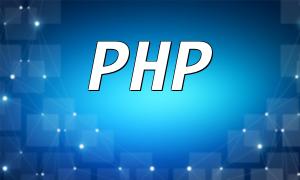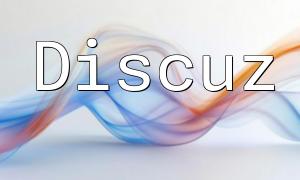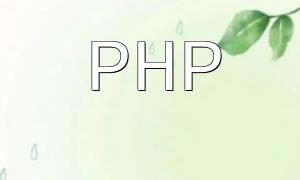As PHP evolves, its capabilities expand, offering more than just basic variables and arrays. One such feature is the struct (short for structure), a flexible data type.
A struct is a composite data type composed of multiple members, each potentially having different types. Although PHP doesn't natively support structs, you can simulate their behavior using classes and objects.
In PHP, structs are typically defined and used by leveraging classes. Here's an example of defining a simple struct class:
class Struct {public $member1;public $member2;}This code demonstrates how to define a struct class called Struct, with two member variables: $member1 and $member2.
When using structs, you first need to create a struct object, and then assign values to its member variables. Here's an example:
$struct = new Struct();$struct->member1 = "Hello";$struct->member2 = "World";This code creates a struct object and assigns values "Hello" and "World" to $member1 and $member2, respectively.
In PHP, struct objects are passed and assigned by value. This means when one struct object is assigned to another, the member data of the original object is copied to the new object.
In addition to member variables, a struct class can also include methods. Below is an example of adding a method to the struct class:
class Struct {public $member1;public $member2;public function display() {echo "Member 1: " . $this->member1 . "<br>";echo "Member 2: " . $this->member2 . "<br>";}}This example adds a method named `display` to the struct class, which is used to display the values of the member variables.
Structs are not limited to simple data storage; they can also be combined with multidimensional arrays for more flexible data management. For example:
class Data {public $name;public $age;public $country;}This code defines a `Data` struct, which includes member variables for name, age, and country. We can then create multiple `Data` objects and store them in an array for easier management and access.
$data1 = new Data();$data1->name = "John";$data1->age = 25;$data1->country = "USA";$data2 = new Data();$data2->name = "Alice";$data2->age = 30;$data2->country = "Canada";$dataList = array($data1, $data2);foreach ($dataList as $data) {echo "Name: " . $data->name . "<br>";echo "Age: " . $data->age . "<br>";echo "Country: " . $data->country . "<br>";}This code creates two `Data` objects and stores them in the `$dataList` array. By iterating through the array, we can access and display the member variable values of each object.
Structs in PHP offer a flexible way to manage and organize data. Using classes and objects to simulate structs provides developers with a powerful tool for structuring data in a more readable and maintainable manner. Whether handling simple data or complex data structures, structs make working with PHP easier and more intuitive.
We hope this article helps you better understand the concept of structs in PHP and how to apply them in your development projects.








